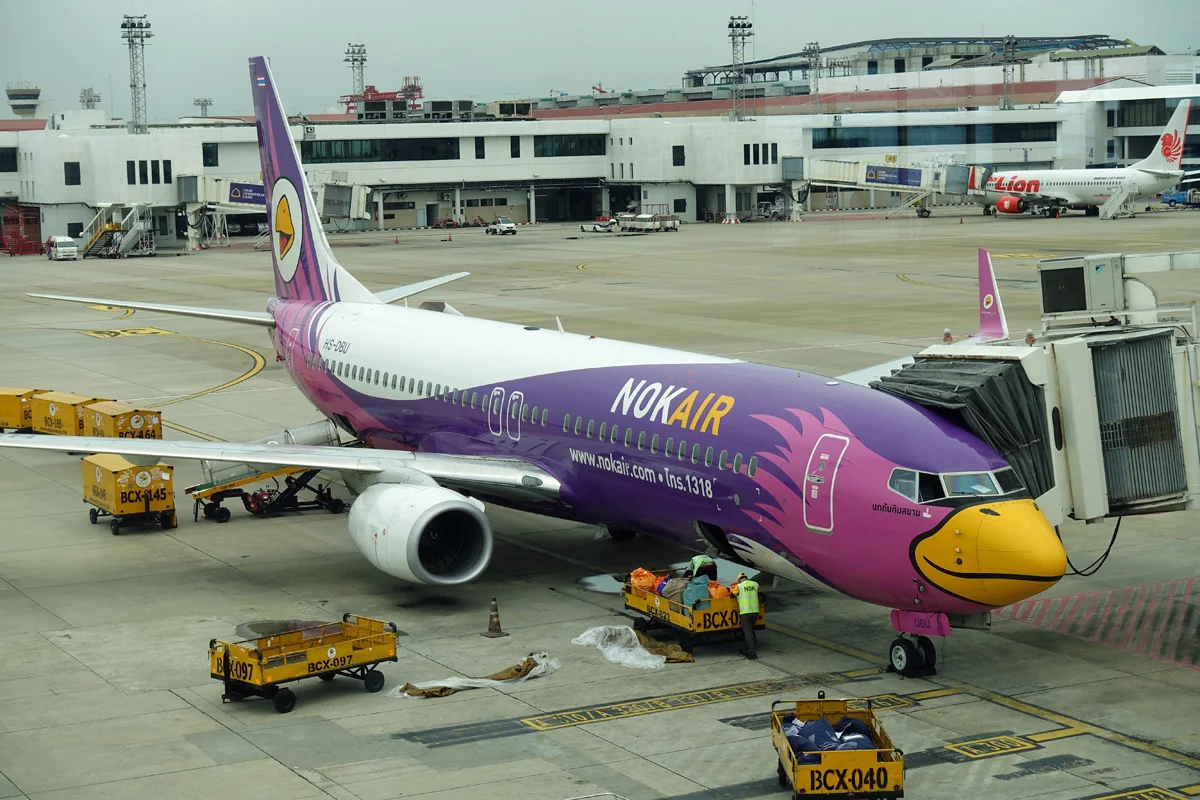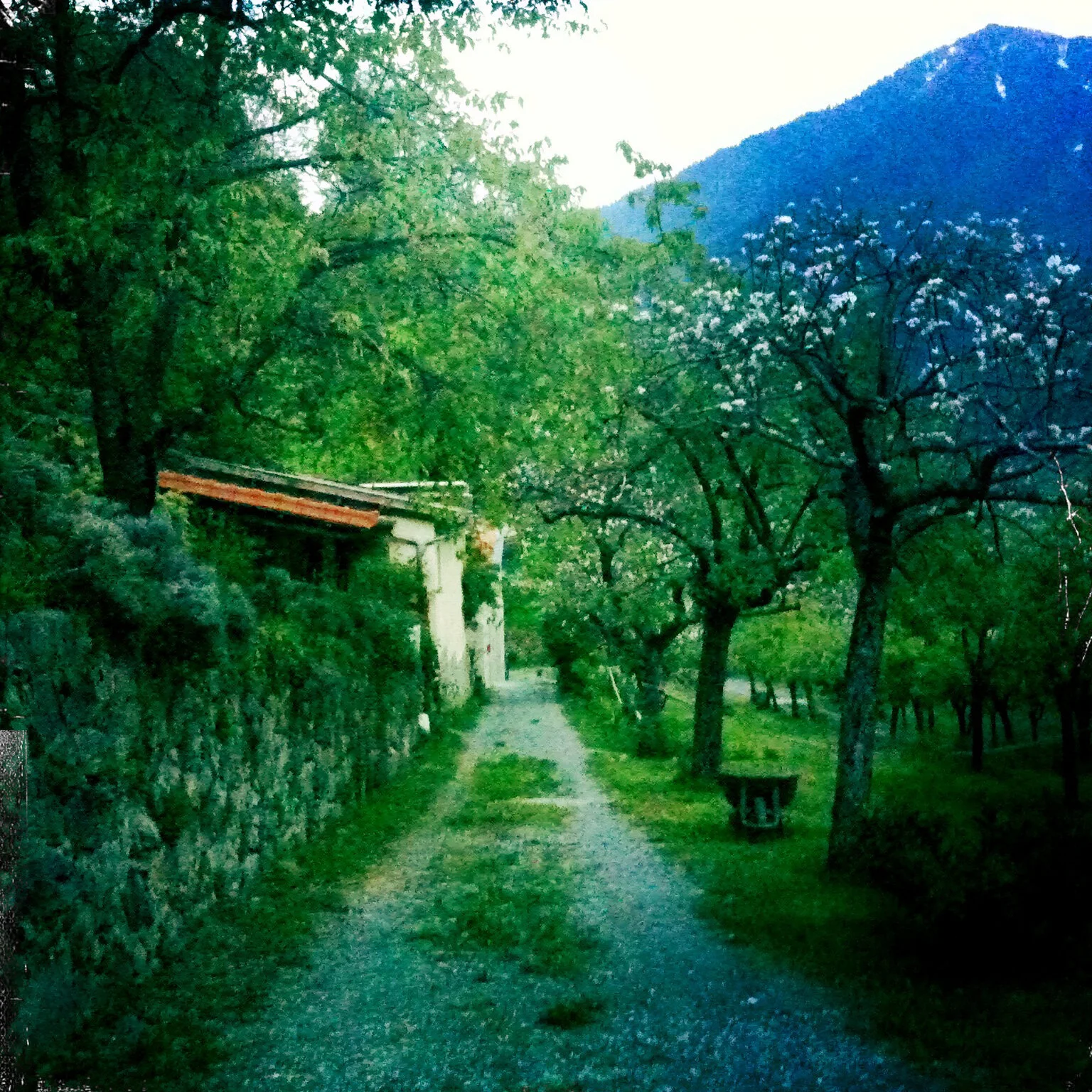Miso 味噌 heaven
In Tokyo I decided to bring back one recipe back to Amsterdam. I chose miso soup (味噌汁 misoshiru). It is a deceptive simple soup.
First you need to make the stock called dashi (出汁, だし). It is a stock made from kombu (kelp) and kezurikatsuo, shavings of preserved, fermented skipjack tuna (katsuobushi).
I bought two types of kezurikatsuo. One made from 100 percent katsuobushi for a clear (ceremonial style, I was told) broth, and one made from a mix of skipjack tuna and cheaper unknown fish. The latter makes dashi for miso soup since the miso will mostly overpower the dashi. For each batch of 1 liter stock you need 30 grams of shavings. There are many variations. You can add niboshi (煮干し) or shiitake.
Basic dashi recipe
Clean a postcard size of kombu with a damp cloth without removing the white powdery "umami" substances. Put the kombu and 1 liter of water in a saucepan for at least 30 minutes up to half a day. kombu’s flavor comes out naturally from soaking in water.
Slowly bring to a boil over medium low heat. Just before boiling remove the kombu. Turn off the heat to let the dashi cool down.
Add the katsuobushi and bring it to a boil again. Once the dashi is boiling, reduce the heat, simmer for just 30 seconds, and turn off the heat. Let the katsuobushi sink to the bottom, about 10 minutes. Strain the dashi through a sieve lined with a cheesecloth set over a bowl.
Furikake
You can use the left over kombu and katsuobushi to make furikake. Chop up the kombu into small pieces, combine with katsuobushi, and cook it in a saucepan. Optional: once the katsuobushi separates, add in a mix of sugar, mirin and soy sauce. Cook until the liquid evaporates and the flavor is absorbed, then sprinkle in sesame seeds before removing from the heat.
Miso
Miso comes in many forms. In Tokyo I found the shop Sano Miso which specialises in miso.
Sano Miso address:
1-35-8 Kameido, Koto-ku.
東京都江東区亀戸1-35-8.
I bought three types of miso. One made from uruchimai (粳米; rice), one from genmai (玄米; brown rice) and a miso paste from several grains including barley.
Below you can see the suggestion for each particular miso, which solid ingredients to add in the soup, like: potato, clams, fish and mushroom.














































































